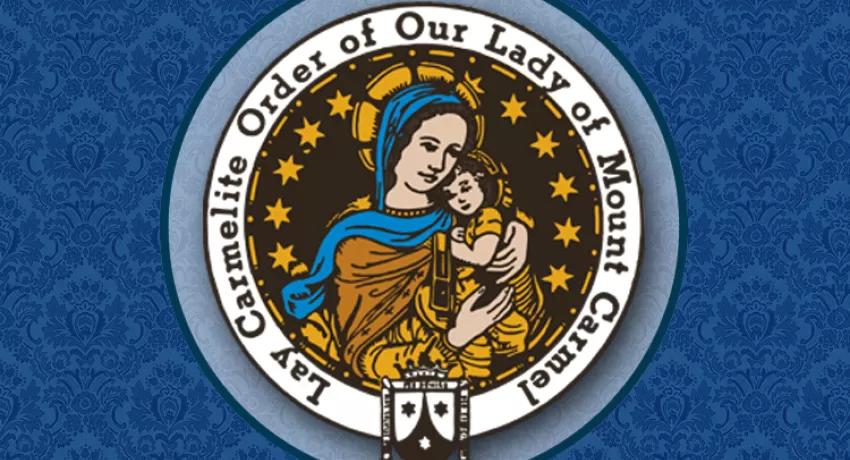It’s been a week of reflection, thanksgiving for our many blessings and earnest prayer for all of the souls who perished and those still suffering from the effects of the terrorist attacks on 9-11.
Cindy A. Perazzo, T.O.Carm., Coordinator of Lay Carmelites
for the Province of the Most Pure Heart of Mary
Time and time again our reflective nature and our love of quiet prayer strengthens us in order to offer ourselves to others, whether it be standing with someone in pain or sending our prayers of intersession to the One we know loves us all. I thank Our Lord and Our Lady for this wonderful gift as I know you do too. Now onto our Q&As:
QUESTION:
Any plans for a book to accompany the Phase I manual?
ANSWER:
The Phase I Candidate Workbook was developed as a stand-alone formation tool; however, here are a couple of suggestions:
Appendix A (pages 93-10)
Fundamental Values of Carmelite Spirituality is an excellent reference and a “must read” many times over for all of us in my opinion. Written by previous Prior General, and now deceased, Most Rev. John Malley, O.Carm., it holds some of the most critical elements of the Carmelite charism. Not only do we owe a huge debt of gratitude to Fr. John for his writings but during his time as General of the Order he was known for promoting the “Carmelite Family.” He was a huge champion for the Lay Carmelites and considered us every bit as part of this family.
Appendix B (pages 105-117)
You will note that each of these pages are duplicates of the first page of each lesson in the Formators Guide. As you look through each page you will see many, many additional resources, all of which could be recommended. I would stick with the Required Reading and Carmelite Authors sections in order to keep the focus on Carmel. Springs of Carmel, Seasons of the Heart, Pattern for Life, Prophet of Fire are all good introductory books and are listed throughout Appendix B. It's always a joy to have an inquirer in initial formation that wants more information and reads everything they can get their hands on. Luckily we have many books and articles to recommend!
QUESTION:
Is a Leave of Absence the same as a Dispensation? At what point does a Leave of Absence become Dispensation?
ANSWER:
A Leave of Absence (LOA) is not the same as a Dispensation. A LOA is a Category of membership within the Lay Carmelites. Lay Carmelites cannot place themselves on a LOA. A LOA is always granted by the Lay Carmelite Office (LCO).
There are generally three reasons for a LOA:
- A finally-professed member has missed twenty-four or more months of meetings consecutively. The Community Council requests a LOA from the LCO] for the professed member in this case.
- There is disruption, conflict, or trouble of some kind by a finally-professed Lay Carmelite in the community, parish, diocese, or Carmelite Order. In this case the community council also requests a LOA for the member from the LCO. In severe cases that may reflect badly on the Order in general, immediate dismissal can be made by the Provincial Delegate.
- The finally-professed Lay Carmelite needs some time to discern his/her vocation to Carmel. He/she can request a LOA from the LCO and one will be granted.
Generally, the LCO offers a LOA to Lay Carmelites for a period of twelve months. After this period the Lay Carmelite either comes back to the community or is dispensed of his/her profession of promises. No LOAs are granted to Lay Carmelites who are received or temporarily professed. The issues listed above usually result in the local community dismissing or postponing the next step in anyone who is not finally professed.
A Dispensation means the person is no longer a Lay Carmelite and no longer a member of the Carmelite Order.
For more information on Leave of Absence and Dispensation refer to Carmel’s Call, Chapter 11 — Categories of Member, pages 98-101 and The Community Manual, Chapter V — Categories of Membership, pages 19-20.











